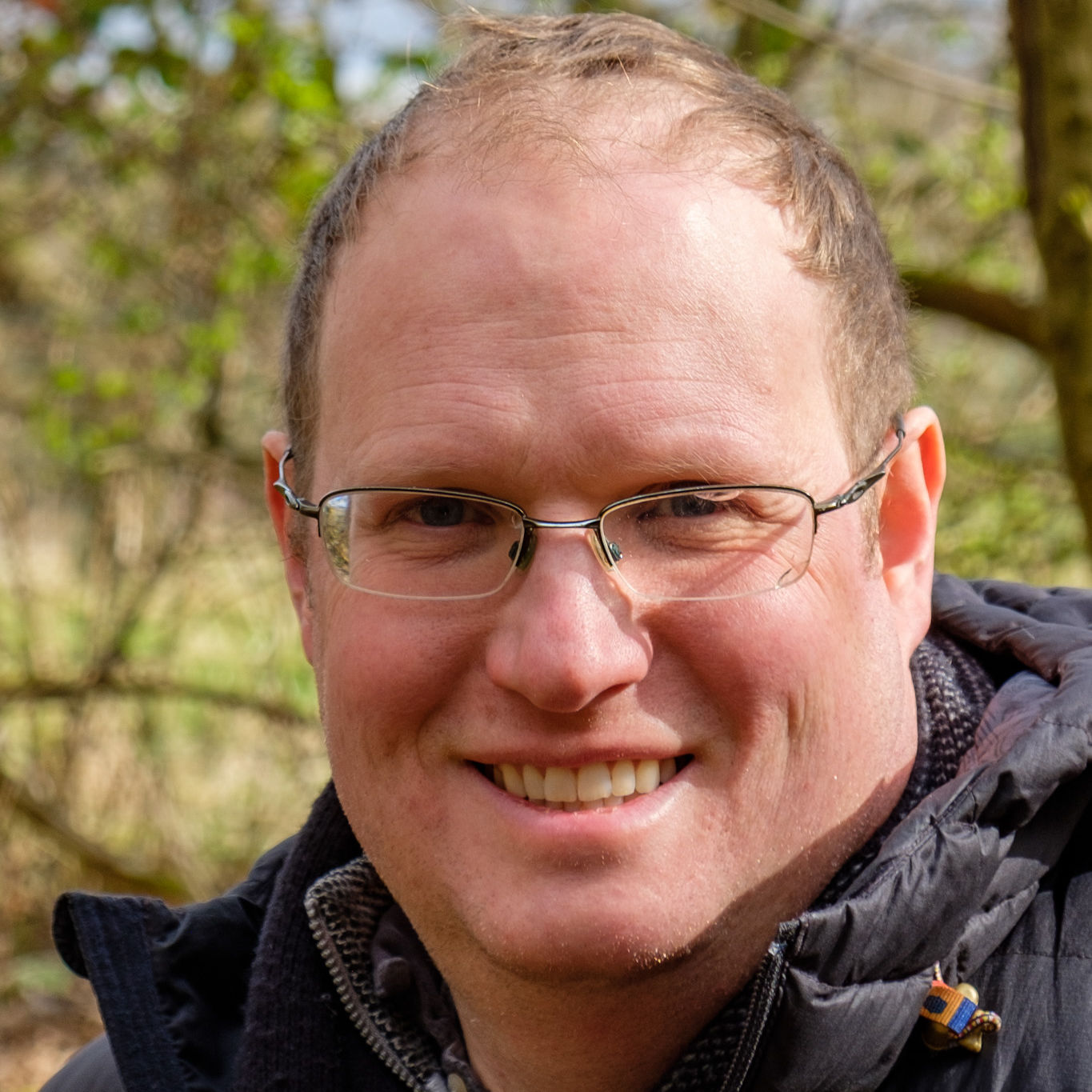Concepts of hydrological connectivity: Research approaches, pathways and future agendas
Published in EARTH-SCIENCE REVIEWS, 2013
“For effective catchment management and intervention in hydrological systems a process-based understanding of hydrological connectivity is required so that: i) conceptual rather than solely empirical understanding drives how systems are interpreted; and ii) there is an understanding of how continuous flow fields develop under different sets of environmental conditions to enable managers to know when, where and how to intervene in catchment processes successfully. In order to direct future research into process-based hydrological connectivity this paper: i) evaluates the extent to which different concepts of hydrological connectivity have emerged from different approaches to measure and predict flow in different environments; ii) discusses the extent to which these different concepts are mutually compatible; and iii) assesses further research to contribute to a unified understanding of hydrological processes. Existing research is categorised into five different approaches to investigating hydrological connectivity: i) evaluating soil moisture patterns (soil moisture connectivity); ii) understanding runoff patterns and processes on hillslopes (flow-process connectivity); iii) investigating topographic controls (terrain-connectivity) including the impact of road networks on hydrological connectivity and catchment runoff; iv) developing models to explore and predict hydrological connectivity; and v) developing indices of hydrological connectivity. Analysis of published research suggests a relationship between research group, approach, geographic setting and the interpretation of hydrological connectivity. For further understanding of hydrological connectivity our knowledge needs to be developed using a range of techniques and approaches, there should be common understandings between researchers approaching the concept from different perspectives, and these meanings need to be communicated effectively with those responsible for land management. Crown Copyright (C) 2013 Published by Elsevier B.V. All rights reserved..”
Use Google Scholar for full citation
Recommended citation: L. Bracken, J. Wainwright, G. Ali, D. Tetzlaff, M. Smith, S. Reaney, A. Roy, "Concepts of hydrological connectivity: Research approaches, pathways and future agendas." EARTH-SCIENCE REVIEWS, 2013.
